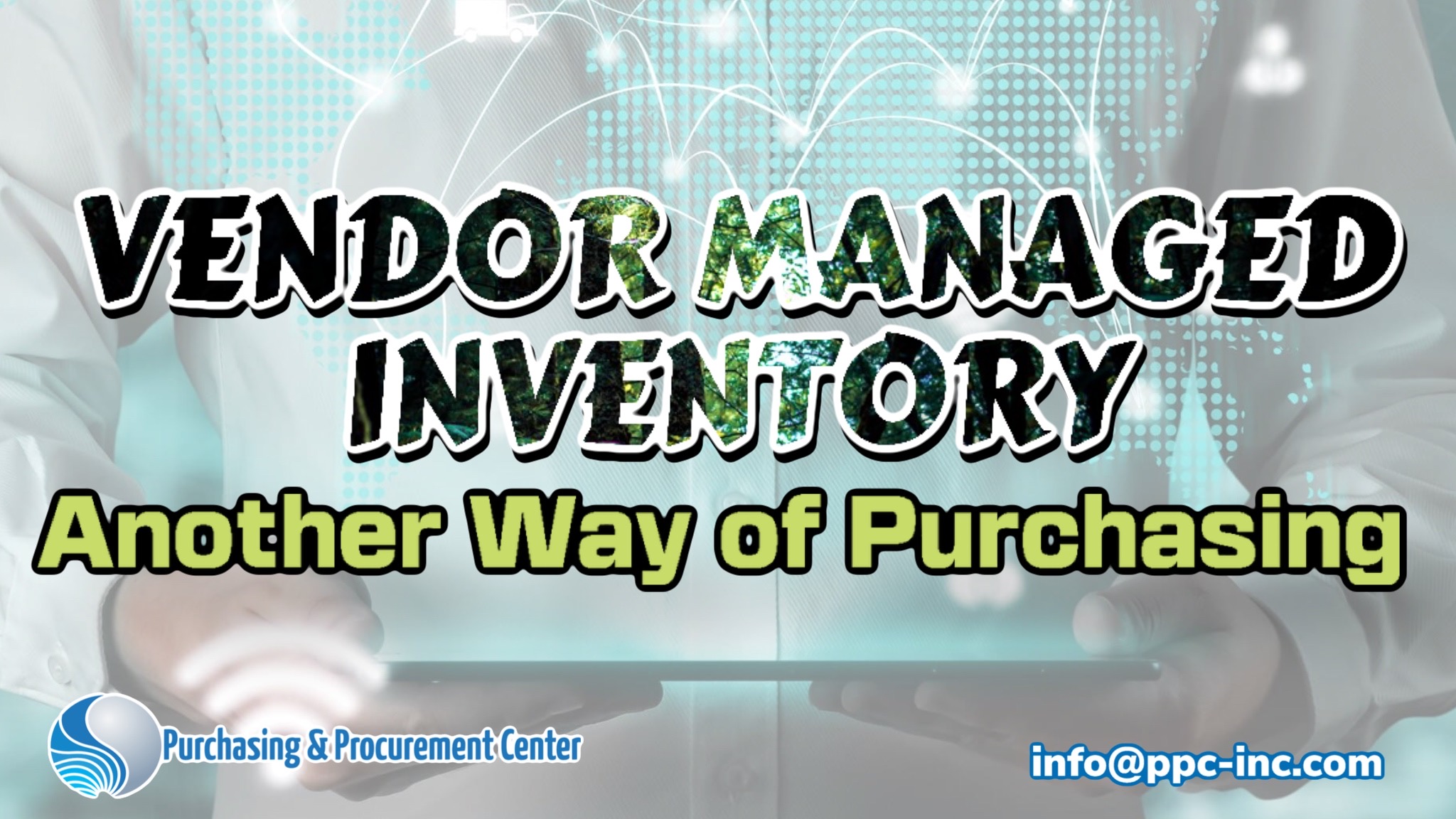
Vendor Managed Inventory
– Another Way Of Purchasing
Vendor Managed Inventory (VMI) is a procurement process where the manufacturer is responsible for managing the inventory of the distributor or retailer.
Within the usual procurement business model, when a distributor or retailer requires a product, they place an order with the manufacturer. The distributor has total control of the size and delivery times of the order.
Under the Vendor Managed Inventory process the manufacturer and distributor are linked via EDI or a secure internet connection. The manufacturer is aware of the retailers or distributor’s stock levels and point of sales figures. This is usually done by linking the companies ERP (Enterprise Resource Planning) systems together. The manufacturer creates the orders and maintains the distributor’s inventories to agreed levels.
VMI has a number of advantages that include:
- The distributor or retailer does not suffer from excess stock levels that are costly and directly impact cash flow.
- The distributor or retailer is unlikely to run out of stock which could directly impact upon their turnover.
- The supply chain is shortened.
- The distributor or retailer is able to minimize their inventory space.
- The manufacturer bears the cost of storing the inventory.
- Once the Vendor Managed Inventory contract is successfully in place, the purchasing department has less work to undertake as they do not instigate the orders.
- As part of the ordering process, each delivery truck is filled in their order of priority. Thus items that are expected to run out quickly or often are loaded first.
There are also some, but not many, disadvantages:
- Sales and purchasing staff may be resistant to the changes and the resulting loss of control over a key business process.
- Management may be sceptical of the possibility of success.
- Success of the contract is based upon the quality of the controlling computer systems.
- Reduced inventory may result in the manufacturer having less shelf space and corresponding loss of market share.
- The manufacturer also has to manage incentives and promotional materials.
Large retailers often use this process Vendor Managed Inventory and Wal-Mart is one of the most successful business models in effect. Gas or petrol stations also use VIM to manage their pump supplies.
There is no doubt that Vendor Managed Inventory is a key part of many large company’s business models and has contributed to their turnover and profit levels.
Return from Vendor Managed Inventory to Vendor Management
Return from Vendor Managed Inventory to Purchasing Procurement Center Homepage
